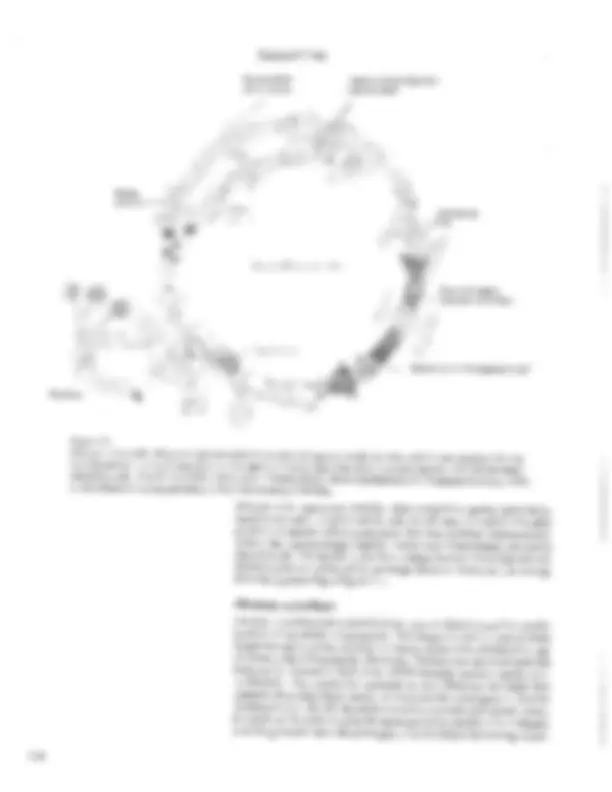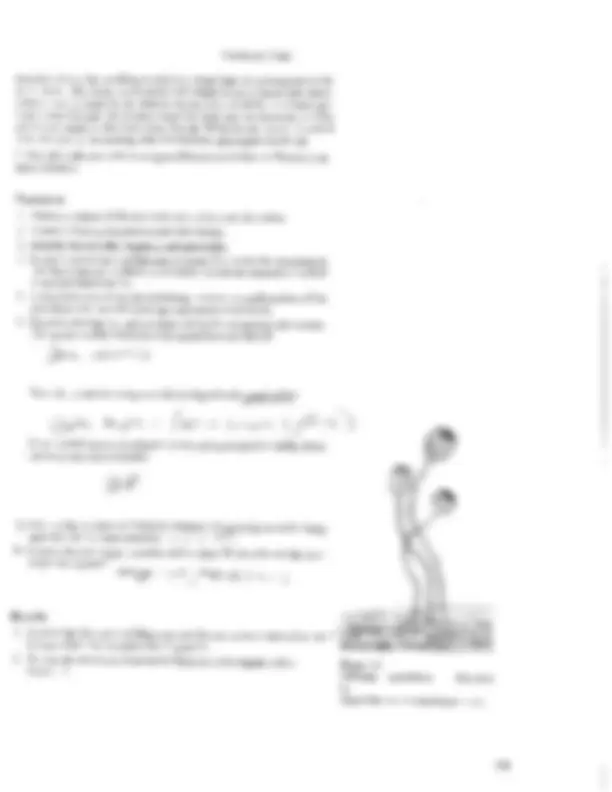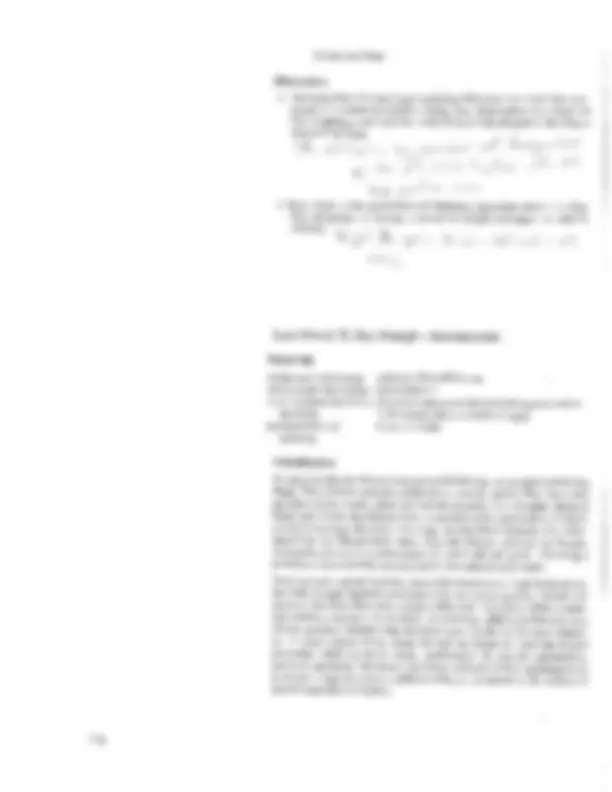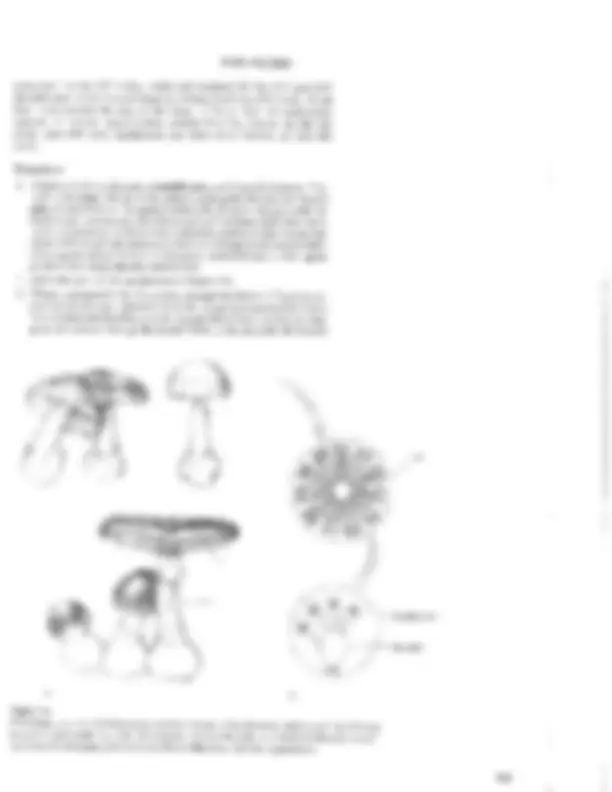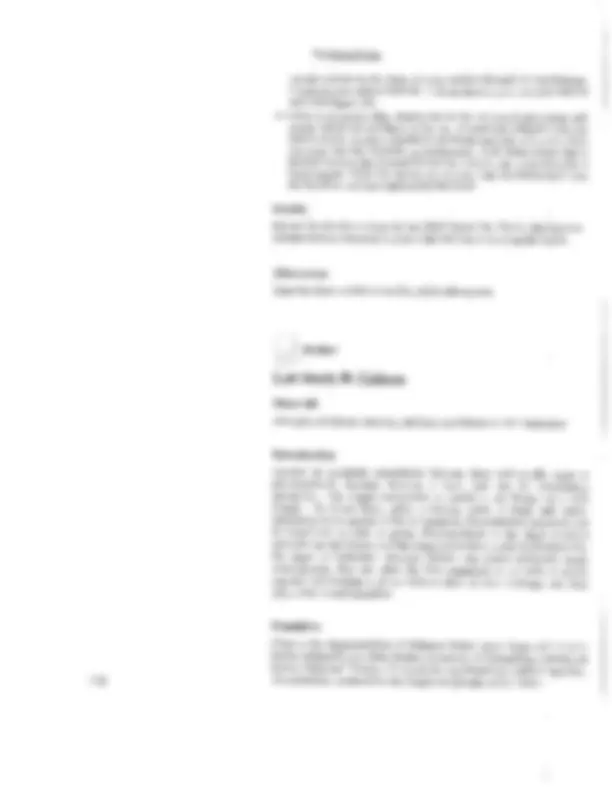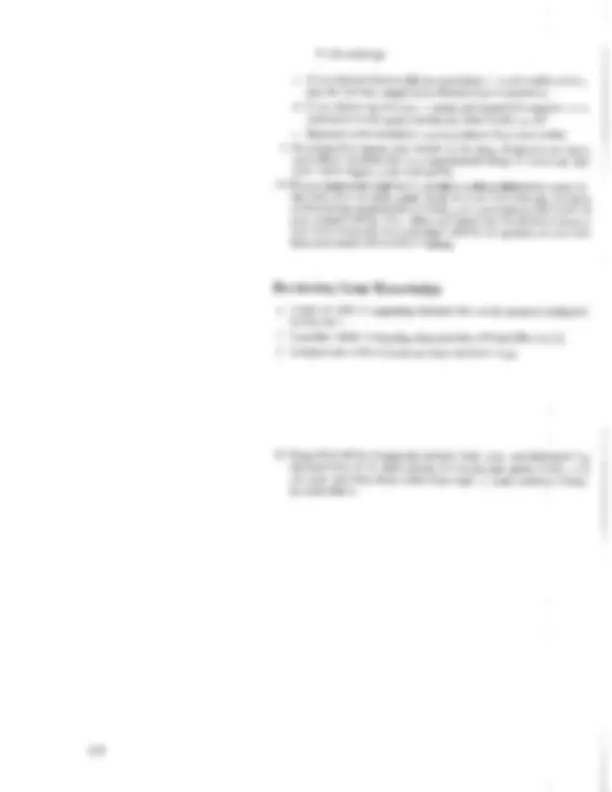Partial preview of the text
Download The Kingdom Fungi - Lecture Notes - Organismal Biology | BIOL 128 and more Study notes Biology in PDF only on Docsity!
9, Based on your observations in the laboratory, what two characteristics might you use to distinguish brown and red algac? 10. What characteristics of green algae have led scientists to conclude that this group includes the ancestors of land plants, most likely the charophytes? EXERCISE 2 The Kingdom Fungi Introduction The kingdom Fungi includes a diverse group of organisms that play impor- tant economic and ecological roles. These organisms are unicellular (yeasts) or multicellular, heterotrophic organisms that obtain their nutrients by absorption, digesting their food outside their bodies and absorbing the di- gestion products into their cells. They often have complex life cycles with alternating sexual and asexual (vegetative) reproduction. They may pro- duce spores either asexually by mitosis or sexually by meiosis,’ ! Fungi are beneficial to humans in many ways. The fungus Penidllium is | used to produce antibiotics. Ycast, a single-celled fungus, is used in the pro- duction of wine, beer, and leavened bread, Fungi are also a source of food in many cultures, with (ruffles being the most expensive. Black truffles are dark, edible subtcrranean fungi that sell for $350-$500 per pound. The dark green areas seen in Roquefort cheese are patches of the mold Penidllium roquefortii growing in cow's milk. In ecosystems, fungi share with bacteria the essential role of decomposition, returning to the ecosystem the matter trapped in dead organisms. One i extremely important ecological role played by fungi is their mutualistic as- | sociation with roots of most plants, forming "mycorthizac." Mycorrhizal | fungi increase the plants ability to capture water and provide the plant with minerals and essential elements. Jn tra, the plants supply the fungi with | nutrients such as carbohydrates. This association greatly enhances plant! growth, and may have played a role in plant colonization of land. Although many fimgi are beneficial, others play destructive roles in nature. Some species parasitize animals and plants. Athlete's foot and ringworm are diseases commonly known to humans. Histoplasmosis is a respiratory disease in humans caused by a fungus found in soil and in bat and bird droppings. Wheat rust, potato late blight, and sudden oak death (a potentially: devastat- ing discase discovered in the United States in 1995) are plant diseases caused by fungi. The ergot fungus that parasitizes rye causcs convulsive ergotism in humans who eat bread made with infested grains. ‘The bizarre behavior of 
